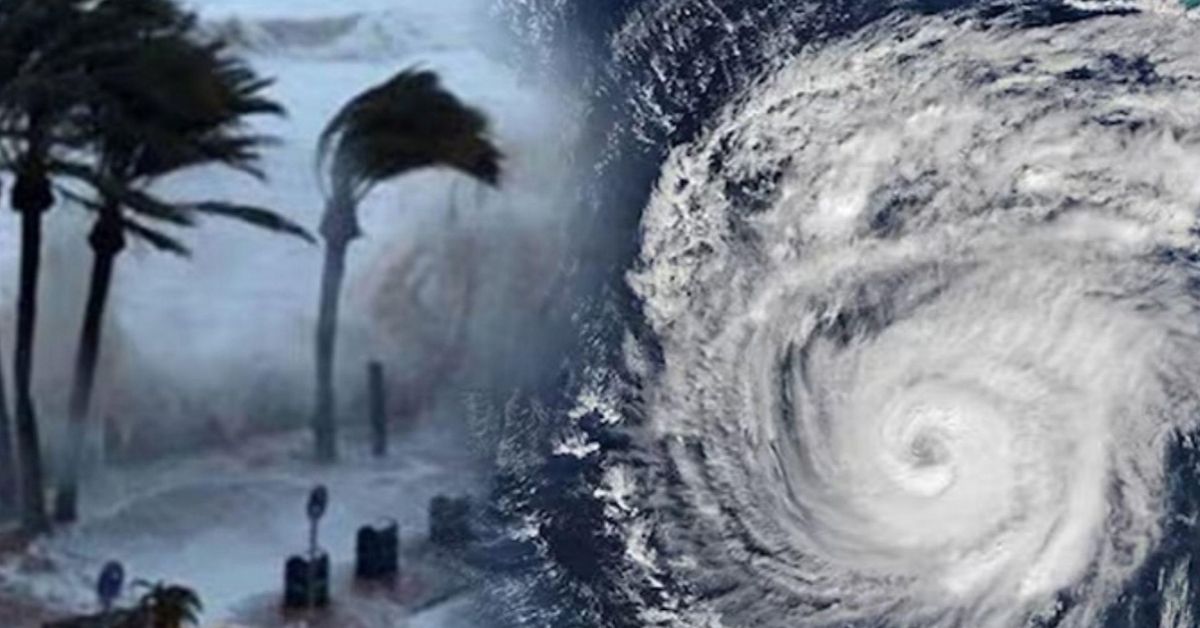The Arrival of Cyclone Remale ♣

“Cyclone Remale “made landfall with unprecedented force, a severe storm that many had anticipated but few were fully prepared for. The cyclone’s high winds, reaching speeds of up to 150 miles per hour, tore through coastal communities, leaving a trail of devastation in its wake. Heavy rainfall compounded the situation, leading to severe flooding and making evacuation efforts even more challenging.
Coastal Impact and Destruction ♣
The coastal impact of Cyclone Remale was immediate and severe. Homes, businesses, and infrastructure were no match for the cyclone’s fury. Roofs were ripped off buildings, trees were uprooted, and roads were rendered impassable. Coastal communities, particularly those in low-lying areas, faced the brunt of the destruction. The combination of high winds and heavy rainfall created a perfect storm of damage, with many areas now grappling with the immense task of rebuilding.
The Human Cost: Evacuation and Emergency Response ♣
As Cyclone Remale approached, emergency response teams sprang into action. Evacuation orders were issued for thousands of residents in the cyclone’s projected path. The logistical challenges of moving such a large number of people to safety were immense, but the priority was clear: saving lives. Emergency shelters were set up, and first responders worked tirelessly to ensure that everyone was accounted for.
Despite these efforts, the sheer scale of Cyclone Remale meant that not everyone could be reached in time. The stories of survival and loss that have emerged in the aftermath are a testament to the cyclone’s devastating power. Emergency response teams continue to work around the clock, providing aid and support to those affected.
Power Outages and Infrastructure Damage ♣
One of the most immediate effects of Cyclone Remale was widespread power outages. The high winds and heavy rainfall damaged power lines and substations, plunging entire communities into darkness. For many, the loss of power was more than an inconvenience; it meant being cut off from vital communication and unable to access basic necessities.
The damage to infrastructure extended beyond power outages. Roads, bridges, and public transportation systems were all severely affected, complicating rescue and recovery efforts. In the days following the cyclone, efforts to restore power and rebuild infrastructure have been a top priority for local authorities and utility companies.
The Aftermath: Flooding and Environmental Impact ♣
In addition to the immediate destruction caused by high winds, Cyclone Remale’s heavy rainfall led to severe flooding. Rivers and streams overflowed, inundating homes and businesses and causing widespread damage. The flooding has also raised concerns about waterborne diseases and the long-term health impacts on affected communities.
The environmental impact of Cyclone Remale is still being assessed, but early reports suggest significant damage to coastal ecosystems. The uprooting of trees, destruction of habitats, and contamination of water sources are all areas of concern. Environmental agencies are working to mitigate the damage and begin the process of ecological recovery.
Community Resilience and Recovery ♣
In the face of such devastation, the resilience of coastal communities has been remarkable. Neighbors have come together to support one another, sharing resources and offering shelter to those in need. Local organizations and volunteers have played a crucial role in the recovery efforts, providing aid and assistance to those hardest hit by the cyclone.
Recovery from Cyclone Remale will be a long and challenging process. Rebuilding homes, restoring infrastructure, and addressing the environmental impact will require sustained effort and support. However, the strength and resilience of the affected communities offer hope for the future.
Lessons Learned and Future Preparedness ♣
Cyclone Remale has underscored the importance of preparedness in the face of natural disasters. While the emergency response was swift and effective in many ways, there are always lessons to be learned. Improving early warning systems, enhancing evacuation plans, and investing in resilient infrastructure are all critical steps in preparing for future storms.
One key takeaway from Cyclone Remale is the importance of community education and engagement. Ensuring that residents understand the risks and know what to do in an emergency can save lives and reduce the overall impact of such events. Public awareness campaigns and community drills can play a vital role in enhancing preparedness.
The Role of Technology in Disaster Response ♣
Technology played a crucial role in the response to Cyclone Remale. From advanced weather forecasting systems that provided early warnings to the use of drones in assessing damage and coordinating rescue efforts, technology has proven to be an invaluable tool in managing natural disasters. Social media platforms also facilitated communication and coordination, allowing for real-time updates and information sharing.
As we move forward, continued investment in technological solutions will be essential. Enhancing weather prediction models, developing robust communication networks, and leveraging data analytics can all contribute to more effective disaster response and recovery efforts.
Global Perspectives on Cyclone Response ♣
Cyclone Remale is a stark reminder of the global challenges posed by natural disasters. As climate change continues to influence weather patterns, the frequency and intensity of such events are likely to increase. It is imperative that countries around the world learn from each other’s experiences and collaborate on strategies for disaster preparedness and response.
International aid and cooperation have already played a role in the response to Cyclone Remale. Aid organizations and governments from around the world have offered support, providing resources and expertise to assist in the recovery efforts. This global solidarity is crucial in addressing the broader impacts of such disasters.
Moving Forward: Building a Resilient Future ♣
In the wake of Cyclone Remale, the focus must now shift to building a more resilient future. This involves not only rebuilding what was lost but also ensuring that communities are better prepared for future storms. Investments in resilient infrastructure, sustainable development, and environmental conservation are all key components of this effort.
Community engagement and empowerment will also be critical. By involving local residents in the recovery and rebuilding process, we can ensure that their needs and priorities are addressed. This collaborative approach can help create stronger, more resilient communities that are better equipped to withstand future challenges.
Conclusion
Cyclone Remale has left a lasting impact on the coast, but it has also highlighted the strength and resilience of affected communities. As we reflect on the destruction and begin the process of recovery, it is essential to learn from this experience and take proactive steps to prepare for future storms. By investing in preparedness, leveraging technology, and fostering global cooperation, we can build a more resilient future for all.



















